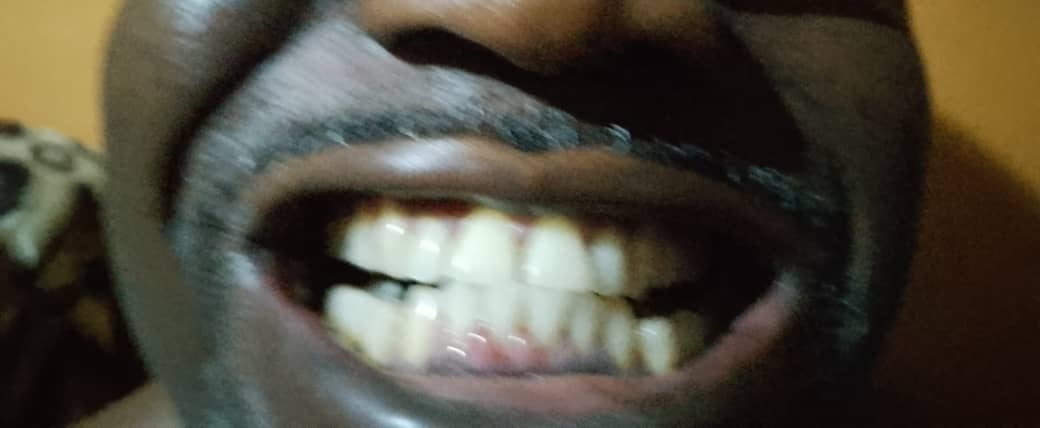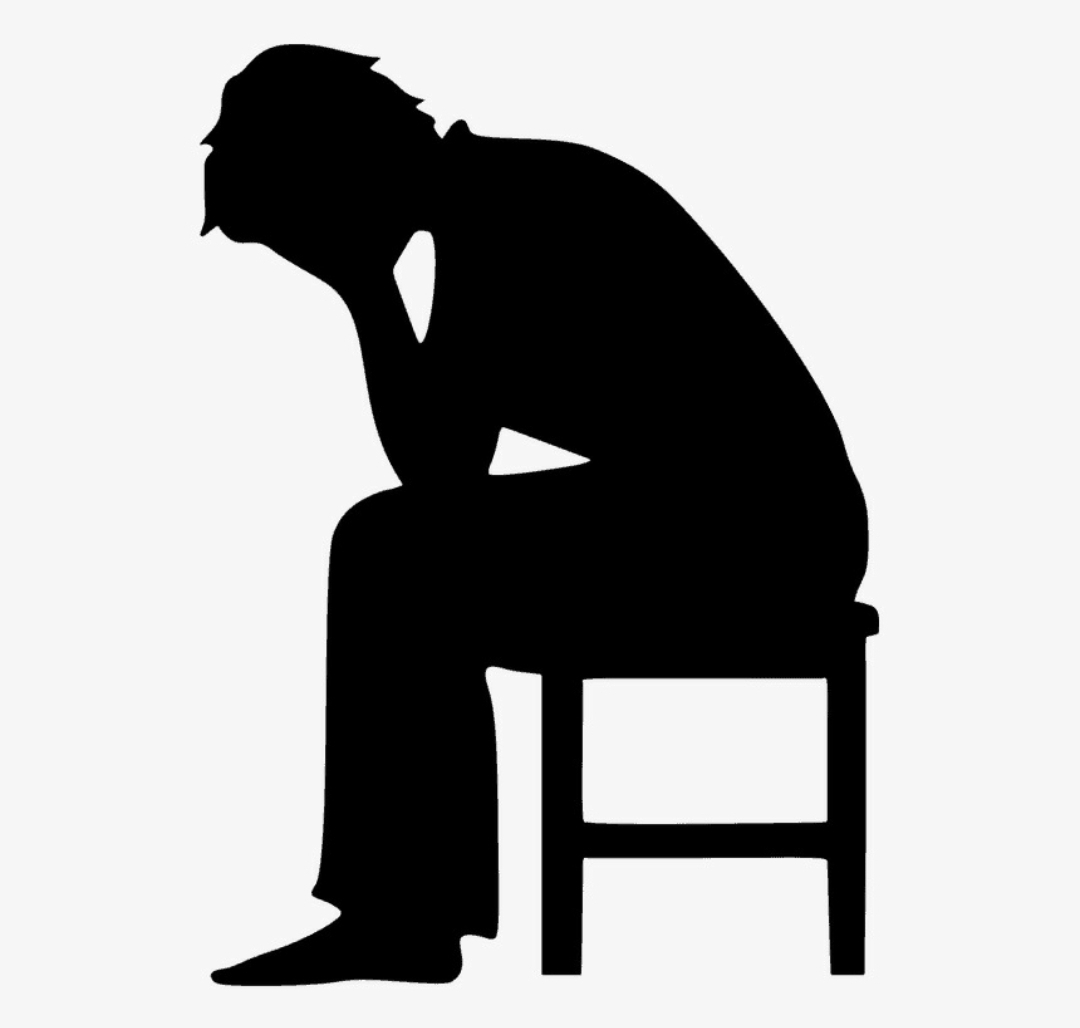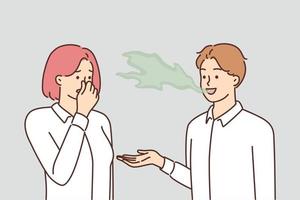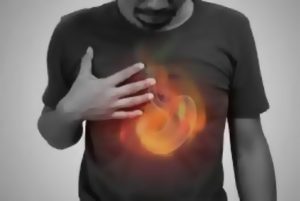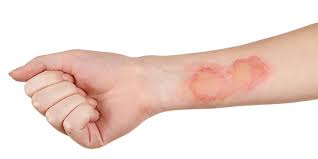
Credit NHS Foundation Trust
First-degree burns are experienced most times at home or in hostels due to accidents and at other times occur due to carelessness. First-degree burns can occur after one accidentally touches a hot stove, hair straightener, or pressing iron. A burn can turn into a serious injury without proper treatment. Sunburn can also be a first-degree burn.
Care should always be taken to use protective measures in situations where you’re prone to sustaining burns. First-degree burns are not as serious as higher-degree burns; they can hurt quite a bit and can leave a scar if not properly treated.
Unlike second or third-degree burns, which are more severe, first-degree burns only involve the top layer of the skin. If you have a first-degree burn, your skin may turn red and painful, and you may experience mild swelling.
Most first-degree burns are treatable at home; however, it’s important to know what to do.
To treat a first-degree burn, dermatologists recommend the following tips:
Cooling the burn: Immediately immerse the burn in cool running tap water. Do this for about 10 minutes or until the pain subsides and may reduce oedema by stabilising mast cells and histamine release. Do not use ice water as this can cause burn progression.
Apply petroleum jelly two to three times daily, not topical antibiotics because at this stage it may interfere with subsequent assessment of the burn. Do not apply ointments, toothpaste, or butter to the burn, as these may cause an infection.
Do not pop the blisters. Cover the burn with a nonstick, sterile bandage. If blisters form, let them heal on their own while keeping the area covered.
Analgesia
Consider taking over-the-counter pain medication. Acetaminophen or ibuprofen can help relieve the pain and reduce inflammation.
Covering the burn: Protect the area from the sun. Once the burn heals, protect the area from the sun by seeking shade, wearing protective clothing, or applying a broad-spectrum, water-resistant sunscreen with an SPF of 30 or higher. This will help minimize scarring, as the redness from a burn sometimes persists for weeks, especially in those with darker skin tones.
First-degree burns can heal on their own without treatment from a doctor. However, if your first-degree burn is very large, if the victim is an infant or elderly person, or if you think your burn is more severe and does not heal within two weeks, do not hesitate to visit the hospital.
What’s your impression on this?


